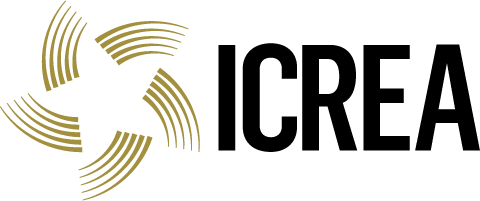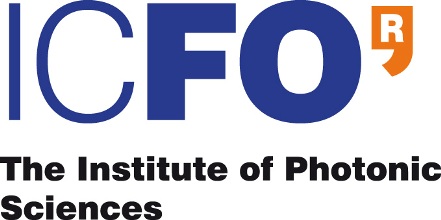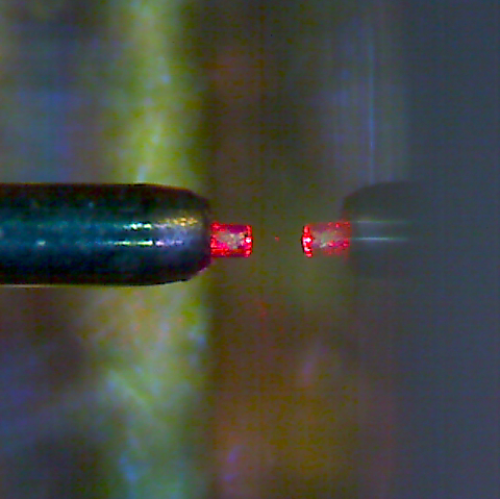Latest Articles
-
Two new papers for early 2025
•
We are happy to announce the publication of our new QFC paper in Physical Review Applied and the preprint of our latest memory-memory heralded entanglement. 2025 looks like a promising year so far! Quantum Frequency Conversion of μs-long Photons from the Visible to the Telecom-C-BandSoeren Wengerowsky, Stefano Duranti, Lukas Heller,…
-
Welcoming four newcomers this fall
•
A warm welcome to four new QPSA members! Three PhD students are joining the group: Nuria Rego Falagan will work on cold atomic ensembles, Giulia Sionis Ponte joins the effort on single praseodymium ions in nanoparticles while Aya Mneimneh started on the spatial multiplexing in solid-state memories project. Finally, Matteo…
-
Manuel Gundín joining the solid-state team
•
Manuel joined us as a post-doc this fall to work within the solid-state memory team. He previously completed his doctoral degree in the group of Pascale Sennelart at Centre de Nanosciences et Nanotechnologies (C2N) in Palaiseau (Paris, France) where he worked on quantum optics with semiconductor quantum dots. Welcome Manu!






